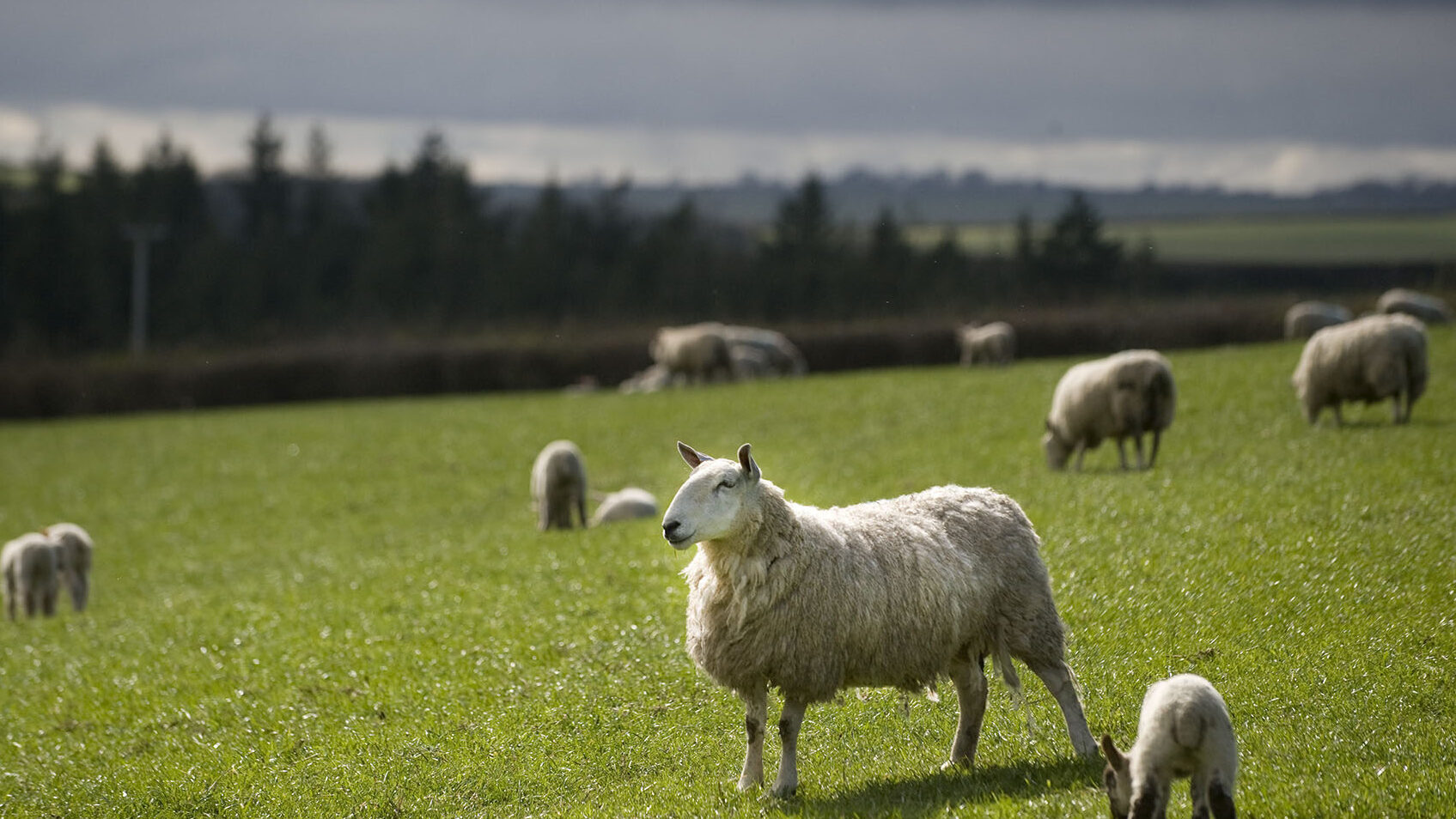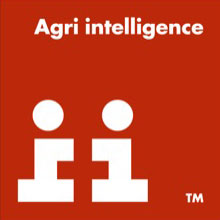
Agrii animal health expert David Pryce summarises the latest guidance on worming ewes at lambing from SCOPS (Sustainable Control of Parasites).
A sometimes overlooked but essential aspect of pre-lambing care is worming pregnant ewes. This preventative step supports ewe health and safeguards their lambs’ early development.
The key factor behind this necessity is the peri-parturient relaxation of immunity (PPRI). During late pregnancy and early lactation, a ewe’s immune system naturally lowers its defences to prioritise the demands of growing and feeding her lambs. While this adaptation is vital for reproduction, it leaves the ewe vulnerable to parasitic infections.
If left unchecked, this can lead to higher worm burdens in ewes, which can result in poor condition and reduced milk production. The ewe’s gut produces more eggs, infecting pastures and increasing the risk of spreading parasites to newborn lambs. Lambs are particularly susceptible to parasites in their early weeks, making it crucial to minimise their exposure.
Worming pregnant ewes strategically during the peri-parturient period breaks this cycle. Timing and treatment choice are essential to get the best results from a worming programme and reduce the risk of anthelmintic resistance (AR).
The timing and choice of treatment
The PPRI period typically lasts about two weeks before lambing until six weeks after. Treating early on is advisable. However, if ewes are still within their PPRI period when the effects of a worming treatment wear off, they will be reinfected quickly.
To solve this issue, repeat anthelmintic treatments have traditionally been used for the entire PPRI period. However, this means an extended period before the ewe is reinfected with susceptible nematodes from the general population, which strongly selects for AR worms.
The advent of the much more persistent anthelmintic moxidectin helps to solve this challenge, but concerns about its resistance have emerged. To help give clear recommendations to farmers, SCOPS and Zoetis produced a guide on the best practices for using moxidectin.
Balancing parasite control and anthelmintic resistance
The decision on which ewes to treat around lambing involves balancing parasite control with avoiding unnecessary treatments to minimise the risk of AR.
Historically, advice centred on treating ewes based on litter size, with single-bearers often left untreated. This was linked to the strain multiple lambs placed on a ewe’s immune system and the role of dietary protein in supporting immunity. However, more recent evidence suggests body condition score (BCS) is a more reliable indicator of the PPRI.
The focus has shifted to targeting treatments for younger, leaner animals and those in poorer condition rather than blanket treating all multiples or leaving all singles untreated.
Current advice still emphasises leaving a portion of the flock untreated (traditionally 10-20%) to maintain diverse worm populations and reduce AR risk. However, this untreated proportion can be increased in flocks with good overall condition and adequate nutrition.
Monitoring faecal egg counts (FEC) and assessing BCS provide practical tools for tailoring treatment strategies to the needs of individual flocks, ensuring effective parasite control without overusing treatments.
Combining best practice use of anthelmintics with good pasture management should set the stage for a successful lambing season.
The complete SCOPS guidance and referenced scientific studies can be found here


